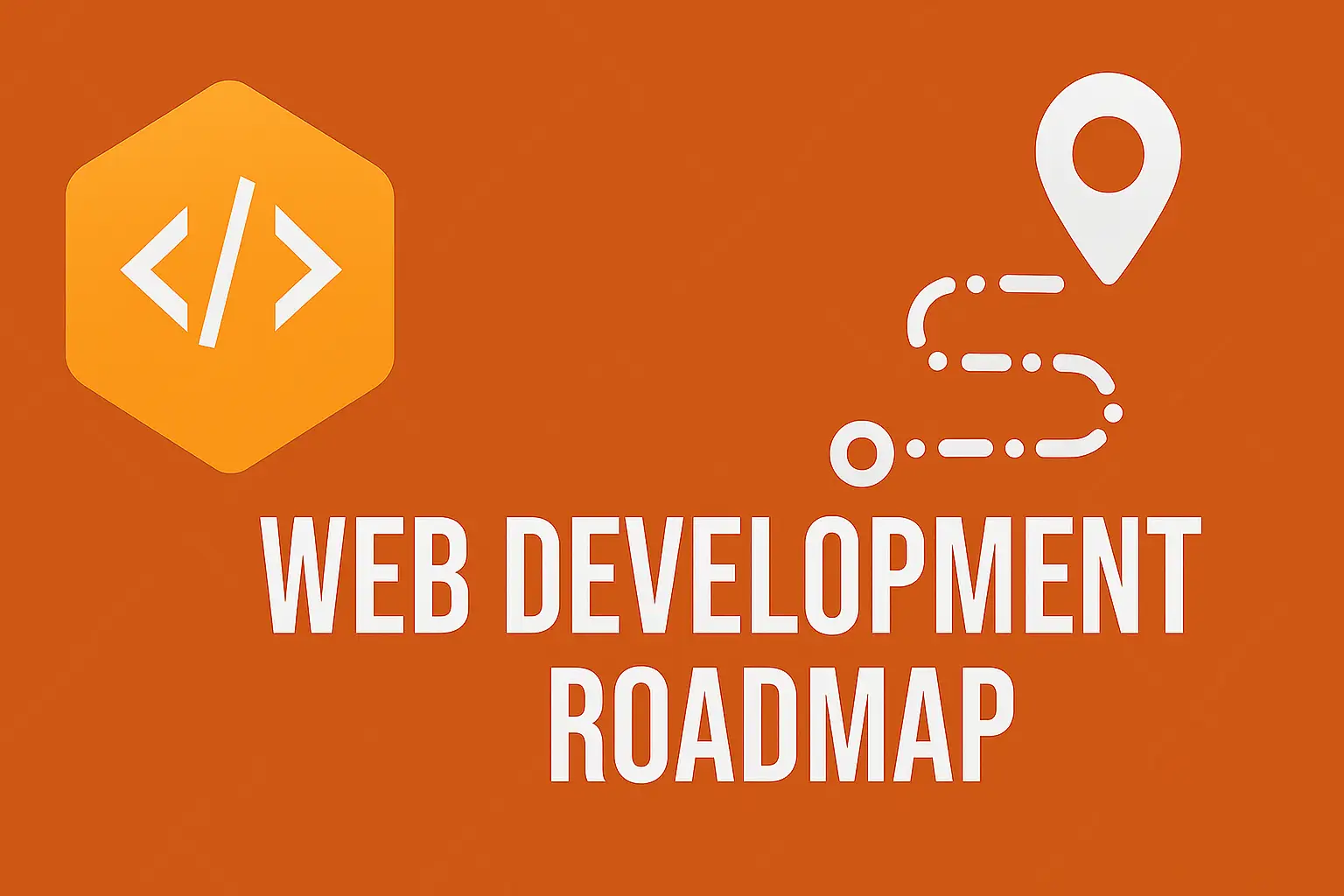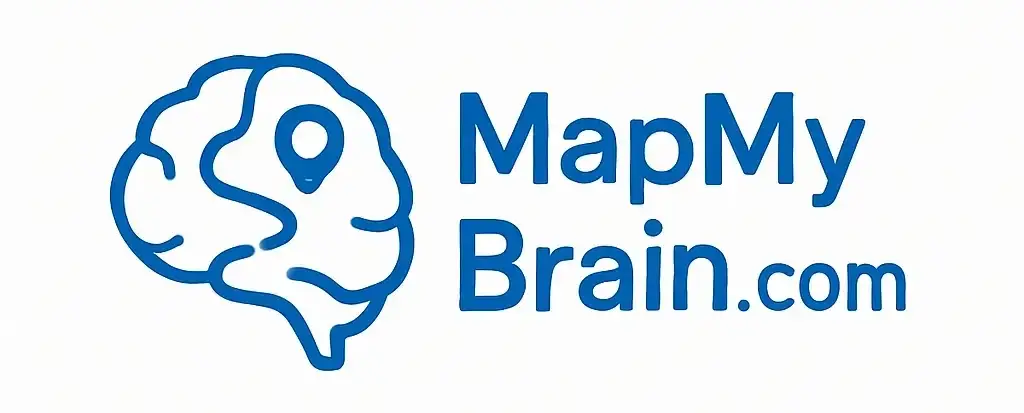
Introduction to Web Development
In today’s digital age, web development is one of the most in-demand and versatile career paths. Whether you want to build websites, launch web apps, or become a full-stack developer, mastering web development opens the door to countless opportunities. This step-by-step roadmap will guide you through the journey—from beginner basics to advanced concepts—so you can build powerful, modern websites and applications with confidence.
[The Resources are provided at the end of the page]
🌐 1. Understand How the Web Works
Before writing a single line of code, it’s important to grasp how the internet functions.
- What is the internet, and how do websites work
- The role of domains, hosting, DNS, and servers
- How browsers request and render websites (HTTP/HTTPS, client-server model)
A strong understanding of web architecture gives context to everything you build in web development.
🧱 2. Learn the Building Blocks: HTML, CSS, and JavaScript
These three core technologies form the foundation of web pages.
- HTML (HyperText Markup Language): structure of the webpage
- CSS (Cascading Style Sheets): styling and layout
- JavaScript: adds interactivity and dynamic features
Mastering these front-end basics is your first major step in web development.
🎨 3. Responsive Design and CSS Frameworks
Modern websites must look great on all devices.
- Media queries for responsiveness
- Flexbox and CSS Grid for layout
- Learn CSS frameworks like Bootstrap or Tailwind CSS to speed up development
Responsive design is a must-have skill in modern web development.
🔄 4. Version Control with Git and GitHub
Learn how to manage and track your code.
- Initialize repositories
- Commit, push, pull, and branch your code
- Use GitHub for collaboration and open-source contributions
Git is essential for any serious developer in the web development industry.
⚙️ 5. Dive Into JavaScript Deeply
Go beyond basic syntax and understand how JavaScript really works.
- DOM manipulation
- ES6+ features: let/const, arrow functions, destructuring, spread/rest operators
- Event handling, callbacks, promises, and async/await
- Fetch API and working with JSON
A solid understanding of JavaScript unlocks the power of front-end web development.
🧑💻 6. Learn a Front-End Framework (React, Vue, or Angular)
Modern websites use frameworks for faster development and better structure.
- Start with React.js (most popular)
- Understand components, props, state, hooks, and routing
- Use tools like Vite or Webpack for project setup
Frameworks are critical for building scalable front-end web apps.
🗂️ 7. Learn Back-End Development
Back-end development powers your website behind the scenes.
- Learn a language: Node.js, Python (Django/Flask), or PHP
- Understand APIs, databases, and authentication
- Build RESTful APIs and connect them to your front end
The back end handles logic, user data, and server communication in web development.
🗄️ 8. Work with Databases
Databases store and manage your application’s data.
- Learn SQL with MySQL or PostgreSQL
- Learn NoSQL with MongoDB
- CRUD operations (Create, Read, Update, Delete)
Databases are a fundamental part of every full-stack web development project.
🛡️ 9. Authentication, Security & Deployment
Take your web apps live and keep them secure.
- Implement user authentication with tokens or sessions
- Learn about HTTPS, CORS, and data validation
- Deploy projects using Vercel, Netlify, or Heroku
- Use CI/CD workflows for automated deployment
Knowing how to deploy and secure websites is a major milestone in your web development journey.
🧩 10. Explore Advanced Tools and Concepts
Level up with modern tools and best practices.
- Use package managers like npm or yarn
- Learn TypeScript for better JavaScript development
- Explore GraphQL as an alternative to REST APIs
- Test your apps using Jest, Mocha, or Cypress
- Understand performance optimization and accessibility (a11y)
These advanced tools make your code cleaner, faster, and more professional.
🧑🎓 11. Build Projects and a Portfolio
Hands-on practice is the key to mastering web development.
- Build a personal portfolio website
- Create projects like to-do apps, e-commerce sites, blogs, or weather apps
- Contribute to open-source or freelance
A strong portfolio shows your skills and helps you land jobs or freelance work.
✅ Conclusion
The journey of mastering web development is challenging but incredibly rewarding. By following this roadmap step by step—from HTML and CSS to advanced frameworks and deployment—you’ll develop real, in-demand skills that can launch your career or passion projects. Stay consistent, keep practicing, and build with purpose. The web is waiting for your ideas!
Resources:
YouTube Channels:
English language-https://lnk.ink/tElPO (Click on the names to visit the YouTube video)
Telugu Language-https://lnk.ink/QQcEw
(Try to learn mostly through English or Hindi for the Best information)
Hindi Language-https://lnk.ink/yGDsV
Websites to Learn:
1.https://www.w3schools.com/whatis/
2. https://www.codecademy.com/catalog/subject/web-development
